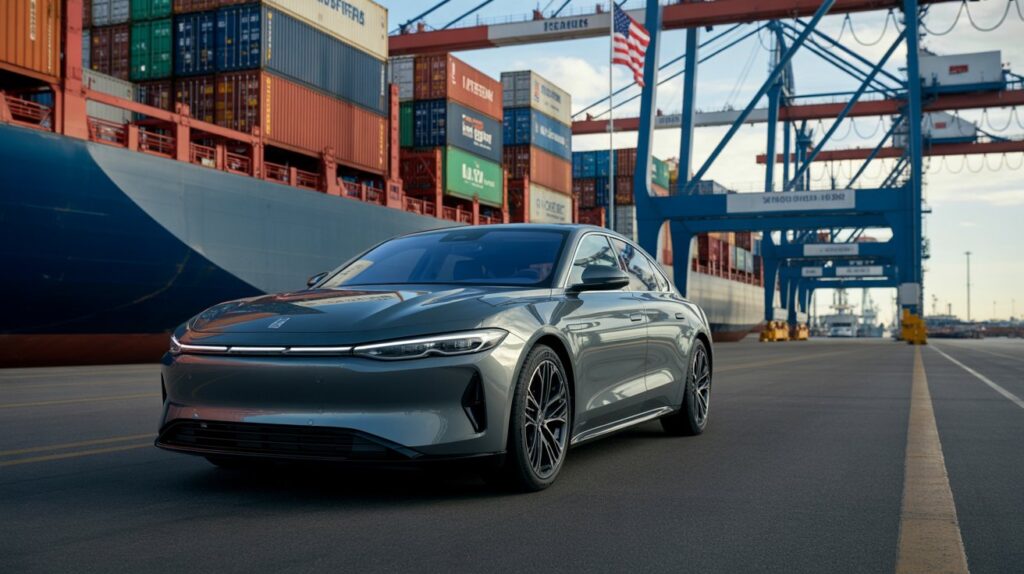To import a car from Spain to the US, you need to follow a few specific steps that involve both countries’ regulations. The first step is confirming the vehicle meets US safety and emission standards under the Department of Transportation and the Environmental Protection Agency. Many European models need modifications before they can be legally driven in the United States. Working with a registered importer helps manage these technical adjustments and ensure compliance.
Beyond compliance, the process involves organizing transport, verifying export papers, and preparing customs clearance. The exporter in Spain usually provides the Bill of Lading, the commercial invoice, and the certificate of origin. These documents will be required once the car arrives at a US port.
Choosing the Right Shipping Method
Two main methods are used to import a car from Spain to the US: container shipping and roll-on roll-off shipping. Container shipping offers protection from weather and is often preferred for classic or luxury cars. The car is secured inside a steel container and shipped across the Atlantic. Roll-on roll-off shipping, or RoRo, is cheaper and involves driving the car onto a vessel’s deck and off again at arrival.
Most importers prefer container transport for rare vehicles, while RoRo is common for standard models. The choice depends on your budget, the car’s value, and its condition.
Cost Factors When You Import Car from Spain to US
The total cost to import a car from Spain to the US depends on shipping fees, port charges, customs duties, and possible modification expenses. Shipping alone may range from 1,000 to 3,000 USD depending on the port, distance, and method used. Customs duties typically reach 2.5% for passenger vehicles, while trucks or motorcycles have separate rates.
In addition to shipping and tax, you might face storage costs if your paperwork is delayed. It’s smart to have a customs broker handle these formalities to avoid extra fees. Brokers also help with compliance certificates, EPA forms, and emissions documentation.
US Import Rules and Vehicle Requirements
Before you import a car from Spain to the US, check the Federal Motor Vehicle Safety Standards. Cars under 25 years old must comply with all safety and emission regulations. If your car is 25 years or older, it qualifies for exemption and can enter the country without modification.
This exemption makes it easier for collectors to bring in older European cars. Still, the car must be clean, free from personal goods, and properly declared to customs. Newer vehicles must have all required stickers and labels from the original manufacturer to pass inspection.
Steps After the Car Arrives in the US
Once the car lands at a US port, customs officers inspect it before release. You must provide your Bill of Lading, purchase receipt, and any modification proof from a registered importer. Customs will calculate import duties and taxes based on the declared value. After clearance, the vehicle is released for pickup or delivery.
Next, the car must be registered with your state’s Department of Motor Vehicles. You’ll need proof of customs clearance, insurance, and ownership. Each state has its own inspection rules, so check these before registering your imported car.
Why Many Choose to Import Cars from Spain to the US
Spain has many vehicles that appeal to US buyers because of their design, engineering, and pricing. Some European car models are unavailable in the American market, making imports from Spain attractive for collectors or enthusiasts. Classic models, sports cars, and limited editions often maintain higher resale value after importation.
With proper planning, the process to import a car from Spain to the US becomes more manageable. Partnering with an experienced shipping company and customs broker reduces risks, simplifies paperwork, and ensures smooth delivery from Spain to your local port.





